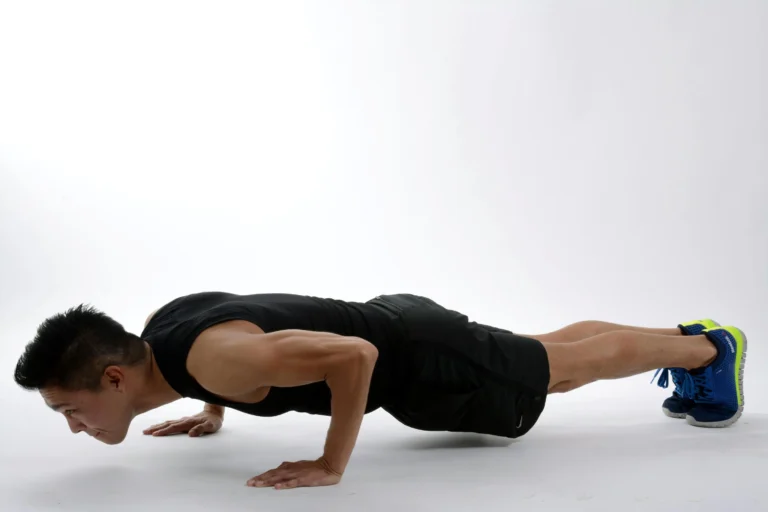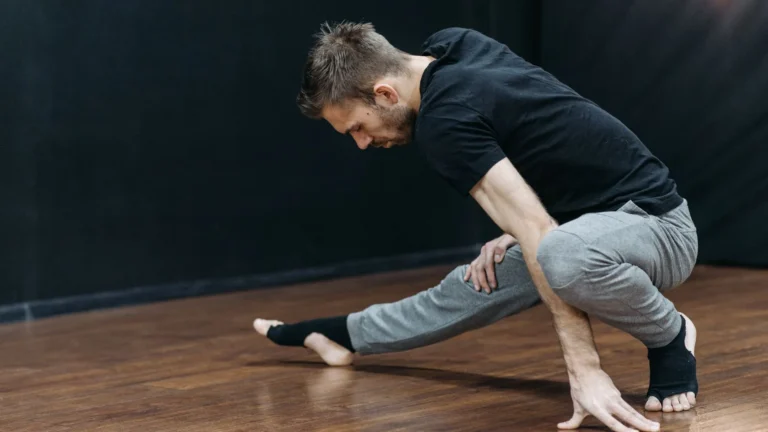Shoulder Back Workout: 7 Powerful Moves for Epic Strength Fast
Table of Contents
If you’re aiming to boost your upper body strength, few combinations are as effective as a shoulder back workout. Training your shoulders and back together builds raw power, creates a more defined V-taper physique, and supports better posture. Whether you’re into calisthenics, weightlifting, or general fitness, mastering this muscle duo accelerates your results. This guide walks you through a powerful, time-efficient shoulder back workout plan that delivers epic strength fast.
Why You Should Train Shoulders and Back Together
Pairing shoulder and back exercises in a single workout isn’t just efficient—it’s smart. These muscle groups complement each other, especially when you incorporate both pushing and pulling movements.
The Benefits of a Combined Shoulder Back Workout:
- Balanced Strength: Training both areas improves upper body symmetry.
- Functional Fitness: Helps with everyday movements like lifting, pulling, or pushing.
- Injury Prevention: A strong posterior chain and mobile shoulders protect your joints.
- Improved Aesthetics: Builds width, thickness, and definition in your upper body.
When you commit to a well-structured shoulder back workout, you’re not just gaining strength—you’re building a body that performs and looks better.
Muscle Groups You’ll Target
To get the most out of your shoulder back workout, you need to understand the key muscles involved:
| Muscle Group | Key Movements |
|---|---|
| Deltoids | Overhead presses, lateral raises |
| Trapezius | Shrugs, face pulls, upright rows |
| Latissimus Dorsi (Lats) | Pull-ups, rows, pulldowns |
| Rhomboids | Face pulls, bent-over rows |
| Rear Deltoids | Reverse flyes, band pull-aparts |
Targeting these groups ensures your entire upper back and shoulder girdle is activated for maximum gains.
The Ultimate Shoulder Back Workout Plan
Ready to get stronger fast? Here’s a shoulder back workout plan designed to hit all the right muscles while pushing your strength and endurance to the next level. You’ll train 2–3 times per week, allowing for optimal recovery between sessions.
Warm-Up (5–10 Minutes)
Warming up is crucial for injury prevention and muscle activation. Don’t skip it.
- Arm circles – 30 seconds each direction
- Scapular push-ups – 2 sets of 10
- Resistance band pull-aparts – 3 sets of 15
- Shoulder dislocates with band – 2 sets of 10
This gets your joints ready and your blood flowing.
Main Workout Routine
This shoulder back workout includes a mix of compound and isolation movements. Use progressive overload by gradually increasing weights or reps each week.
| Exercise | Sets | Reps | Rest | Target Area |
|---|---|---|---|---|
| Pull-Ups (or Lat Pulldowns) | 4 | 6–10 | 90 secs | Lats, Rhomboids |
| Overhead Press | 4 | 8–12 | 60 secs | Deltoids, Traps |
| Bent-Over Rows | 3 | 10–12 | 60 secs | Mid-back, Lats |
| Arnold Press | 3 | 10–12 | 60 secs | Front & Side Delts |
| Face Pulls (Band or Cable) | 3 | 12–15 | 45 secs | Rear Delts, Traps |
| Shrugs | 3 | 15–20 | 30 secs | Upper Traps |
| Plank Rows (Renegade Rows) | 2 | 10–12 | 60 secs | Core, Lats, Rear Delts |
Optional Finisher Circuit
Want to burn out your upper body and finish strong? Try this quick circuit:
- 10 Pull-Ups
- 12 Dumbbell Lateral Raises
- 20-second isometric hold at the top of a pull-up
Repeat for 2 rounds with minimal rest.
Equipment You’ll Need (and What to Choose)
You can perform this shoulder back workout at home or in the gym, but having the right tools helps improve effectiveness.
Recommended Equipment
| Equipment | Best For | Approx. Cost | Portability |
|---|---|---|---|
| Resistance Bands | Beginners, warm-ups, rehab | $10–$30 | High |
| Adjustable Dumbbells | Versatility, space-saving | $150–$300 | Medium |
| Pull-Up Bar | Bodyweight vertical pulling | $30–$70 | High |
| Cable Machine | Face pulls, rows, pulldowns | Gym Access | Low |
Invest in at least a pull-up bar and a set of dumbbells or bands to get started.
Pro Tips to Maximize Strength Gains
Consistency alone won’t guarantee results. Here’s how to get the most from your shoulder back workout.
Key Training Tips
- Focus on form: Poor technique wastes energy and risks injury.
- Control each rep: Emphasize both the concentric and eccentric phases.
- Don’t chase weights: Strength builds with smart progression, not ego lifts.
- Rest strategically: Use rest-pause sets or supersets to increase intensity safely.
Nutrition & Recovery
Your body grows outside the gym, not in it. Support your shoulder back workout results with proper recovery.
- Protein intake: Aim for 1.6–2.2 grams per kilogram of bodyweight daily.
- Hydration: Dehydrated muscles perform poorly.
- Sleep: 7–9 hours of quality sleep each night is ideal.
- Mobility: Add shoulder stretches and thoracic spine work on off days.
Avoid These Common Mistakes
Even the best shoulder back workout won’t work if you’re making these avoidable errors.
Top Mistakes to Watch Out For
- Skipping warm-ups: You’ll sacrifice performance and risk injury.
- Overemphasizing pressing: Neglecting pulls causes muscular imbalances.
- Poor scapular control: Leads to pain and poor form.
- Undertraining rear delts: Essential for posture and shoulder health.
- No plan or progression: You need a structured routine to grow.
Frequently Asked Questions
How often should I do a shoulder back workout?
You can train these muscles 2–3 times per week. Just ensure at least 48 hours of rest between sessions.
Is this workout suitable for beginners?
Yes. Swap pull-ups with band-assisted versions or use resistance bands for rows and presses. Focus on form over heavy weights.
How long before I see results?
With consistency, you’ll start noticing strength improvements and muscle definition in 4–6 weeks.
What’s the best rep range for building strength?
For strength: 4–8 reps. For hypertrophy: 8–12. This plan mixes both for balanced growth.
Can I do this workout at home?
Absolutely. With a pull-up bar, dumbbells, and resistance bands, you can perform nearly every movement at home.
Final Thoughts: Take Your Shoulder Back Workout to the Next Level
When you stick to a consistent shoulder back workout plan, you’re investing in more than muscle. You’re building strength that supports daily movement, athletic performance, and long-term joint health. This routine gives you a solid blueprint—now it’s your turn to apply it.
Make it part of your weekly routine, challenge yourself, and track your progress. Your upper body will thank you with more power, stability, and visible definition.
Ready to get started?
Check out the full workout details above and start building your ideal training setup with the right gear. Whether you’re working out at home or in the gym, stay consistent and committed to your progress—your strength journey begins now.







